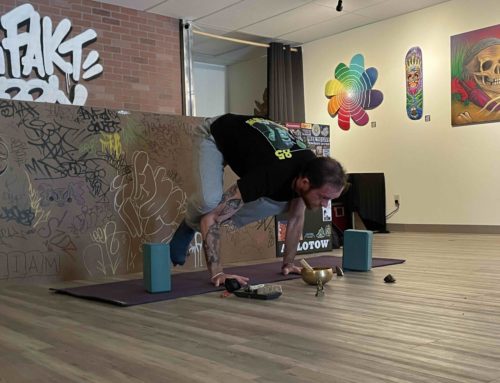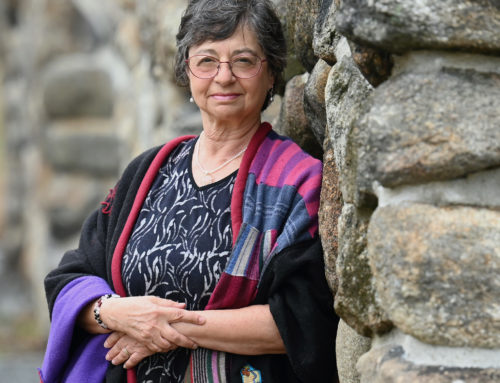WORCESTER — A longtime English professor at Holy Cross recently received a three-year grant to map out sites in the city associated with the work and lived experiences of some surprisingly heavy hitting poets from Worcester.
“I would like the people of Worcester to feel that everything around them is worthy of a poem and poetry is not something that’s distanced and strange and remote,” said Susan Elizabeth Sweeney, who’s spearheading the project in collaboration with the Worcester County Poetry Association. Sweeney is a distinguished professor of arts and humanities in the English department at Holy Cross.
Sweeney is going to use the three-year, $48,000 “Scholarship in Action” grant to dig into the lives of the following luminary lyricists with Worcester roots: Stanley Kunitz, Elizabeth Bishop, Charles Olson, Frank O’Hara, Etheridge Knight, Mary Fell, and Christopher Gilbert.
All of the aforementioned are from Worcester, except for Frank O’Hara, who Sweeney said is technically from Grafton, but took piano lessons in Worcester, and Etheridge Knight, an African American bard who moved to the city in the 1970s.
“What’s so interesting about these poets is that a lot of them are so distinct and a lot of them wrote about place in unusual ways, not exactly the same way,” said Sweeney. Later adding, “One interesting aspect, a lot of these poets did kind of have a problematic relationship with Worcester.”
Some notable poems with allusions to Worcester, Sweeney said, are “The Portrait” by Stanley Kunitz and “In the Waiting Room” by Elizabeth Bishop.
Before he was born, Kunitz’s father committed suicide by ingesting poison in Elm Park. According to Sweeney, Kunitz’s mother was unable to forgive Kunitz’s father, never speaking his name in their home. Kunitz addressed his father’s suicide and his mother’s unforgiving silence in the first few lines of “The Portrait”: “My mother never forgave my father/for killing himself/especially at such an awkward time/and in a public park.”
The remainder of the poem goes on to describe an incident where a young Kunitz found a pastel portrait of his father in the attic, brought it downstairs to his mother, who tore it from his hands and slapped him in the face as a result.
As for Bishop, Sweeney said that scholars have done research to suggest that her poem “In the Waiting Room” is based on an existential crisis Bishop had while waiting for her aunt during a dentist appointment in the Park Plaza Building, located at 507 Main Street. The year the poem was set is approximately 1917.
“While her aunt – who was given a fictional name – was being operated on inside, she heard her aunt cry out in pain, perhaps she sort of felt it was her own cry of pain and then she had this unsettling experience when she suddenly started wondering how is she connected to her aunt? How is she connected to the other people in the waiting room? Why is she a human being?” explained Sweeney.
As for the grant project, the places that Sweeney and her research assistant(s) document – such as the aforementioned Park Plaza Building from “In the Waiting Room” and Stanley Kunitz’s childhood home on 4 Woodford Street – are going to become part of guided walking and driving tours specific to each poet.
Sweeney has already finished the Bishop tour, which she said starts at the Park Plaza Building, heads down Main Street passed the site where she was born (which no longer exists), eventually making its way to Hope Cemetery, where Bishop is buried with her parents.
In addition to the tours, Sweeney said that the Worcester County Poetry Association is going to select 24 poems from area poets about public spaces in Worcester and “disseminate them” as far as possible.
“We want the poems disseminated as much as possible, online, with readings, YouTube recordings of poets reading, poems installed on the sites temporarily or permanently on the sites,” explained Sweeney.
The Worcester Country Poetry Association will also be putting on several workshops on writing about space and place, with potential topics including: interiors, geography and places that no longer exist.







Leave A Comment